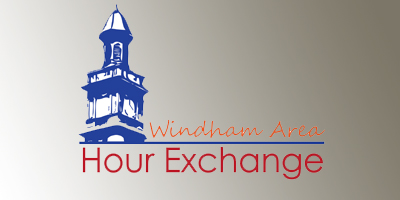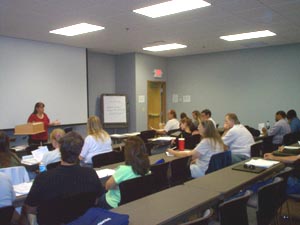— by Rae Tamblyn, Research Assistant —
There has been an explosion of news articles and social media conversation in response to the new book, Confronting Suburban Poverty in America, released by Brookings Institution, which claims that the suburban poverty rate in America has climbed by 64 percent over the past decade, more than twice as fast as the poverty rate in urban areas. The authors of this book, Elizabeth Kneebone and Alan Berube, frame their work by reminding us that it has been almost 50 years since President Lyndon Johnson declared his War on Poverty, setting in motion the development of America’s various government supportive services, and the eventual creation of grants such as the CSBG.
The CSBG Network knows all too well that the current Administration doesn’t perceive our network to be relevant to the work of eliminating poverty and that it thinks the various place-based strategies that are specific to inner cities and focus on certain populations are doing a better job. This is a huge moment for us to show otherwise. Major news venues such as the Huffington Post , the New York Times, and CNN provide support to Kneebone’s assertion that suburban areas are not as equipped as cities are to handle the rising need for support. Most of the programs, as noted for example, by the New York Times, such as Head Start, the Promise Neighborhoods and the HOPE IV programs are focused on addressing poverty in urban locations and “are often ill suited for suburbs, where poverty is more diffuse, where the institutions and expertise to help the poor are lacking” due to the focus on inner cities over the past decades of addressing poverty.
Community Action agencies regularly demonstrate creative approaches to alleviating financial burdens in suburban, rural, and urban communities. One entrepreneurial CAA in Connecticut, for example, ACCESS Agency, used CSBG funds last year to promote innovative comprehensive services through a method known as “time banking.”
Drawing on the resources and skills members already possess, members are matched with the needs of other program participants as the Windham Area Hour Exchange “time bank” allows Exchange members to “bank” an hour for every hour of service they provide to someone who needs it. The “banked” hours can then be exchanged for other services such as skilled labor, childcare, household services, etc. Using this time-share method, low-income program participants are able to obtain necessary services that they would otherwise be unable to afford. Participants save cash to put toward priority expenditures that cannot be paid for through time (for example, utility bills, groceries and insurance) and also get the benefit of contributing to the well-being of others and their community. The Exchange builds and enhances positive, trusting community connections among participants that help break down barriers and improve the health of the town and its surrounding suburbs. (FY12 IS Survey)
Another innovative example from a Community Action Agency in Ohio provides a completely different service, again showcasing the flexibility of CSBG and the value of CAA services.
HHWP Community Action Commission provides a microenterprise program, offering alternatives to traditional employment. Coordinating across counties through various social services networks, HHWP recruits and builds relationships with prospective entrepreneurs, providing business plan support, financial management planning, and county-wide connections to help these business entrepreneurs get started. (FY12 IS Survey)
Just like in these examples, all over the country local Community Action Agencies collaborate and integrate services across neighborhoods, counties, and urban, rural, and yes, suburban communities. In addition, we apply highly effective Results Oriented Management and Accountability (ROMA) systems to ensure that CSBG funds deliver results. These dollars move millions of Americans towards self-sufficiency, no matter where they live, by allowing States to find and fund the most appropriate solutions for a given area.
As Brookings presents the changing face of poverty, and sparks a media blitz, this is the perfect moment to share your story. Now is the time to reach out to your legislative representatives, partners, and local media sources, to remind them of what CSBG is and does. We answer the calls that Kneebone and Berube present as solutions: “collaborating across sectors and jurisdictions, using data and technology in innovative ways, and integrating services and service delivery.” CSBG funds over a thousand local agencies that directly serve low-income Americans in almost every county in the USA, and does so in a way that enables States and communities to respond to the needs of the specific area – city, suburban or rural – and the challenges facing the low-income residents.
Take advantage of the renewed conversation on suburban poverty. Share your story in the comments below. What work are you doing to alleviate suburban poverty?








